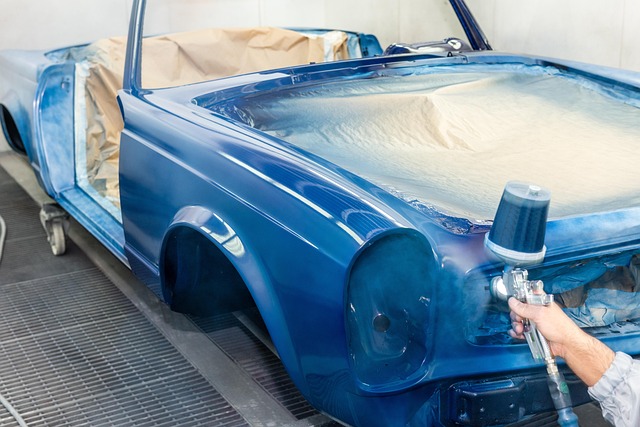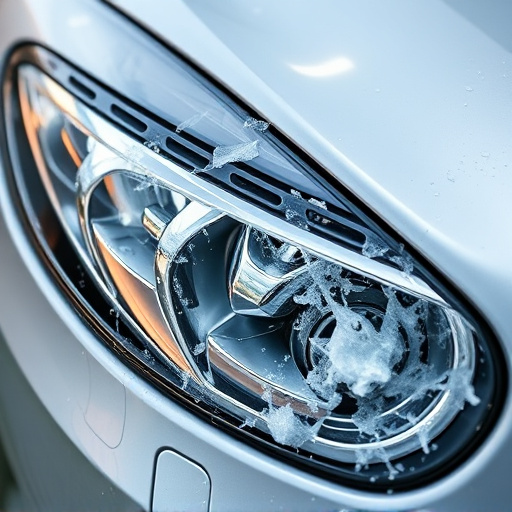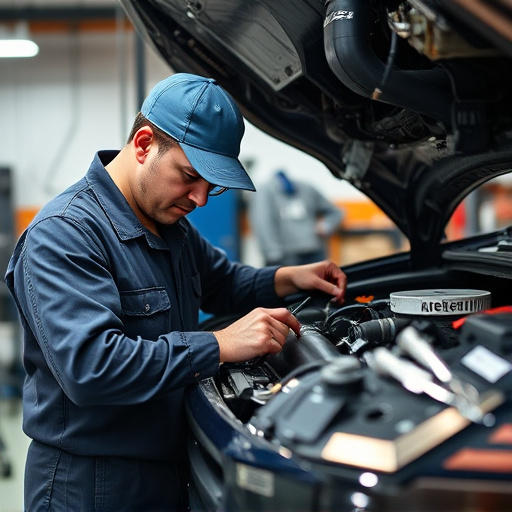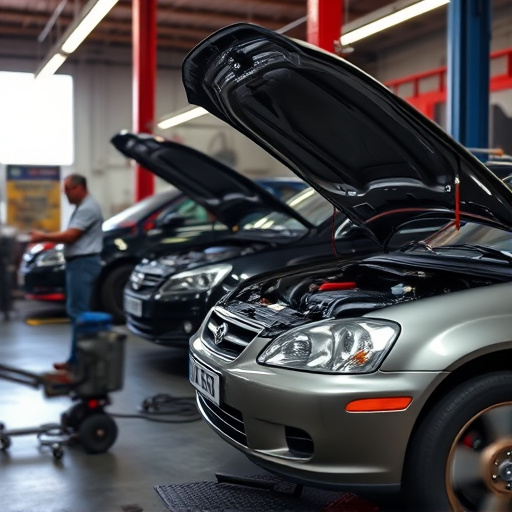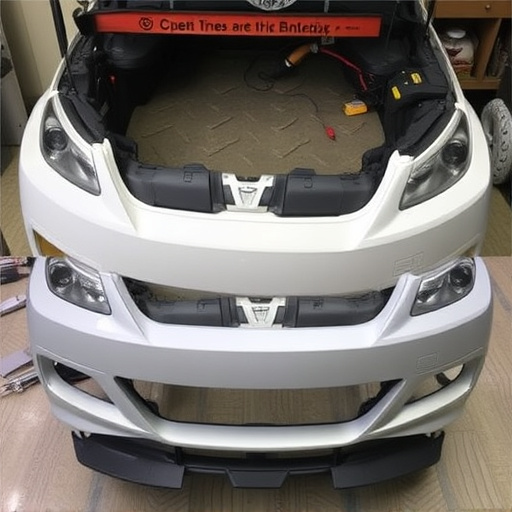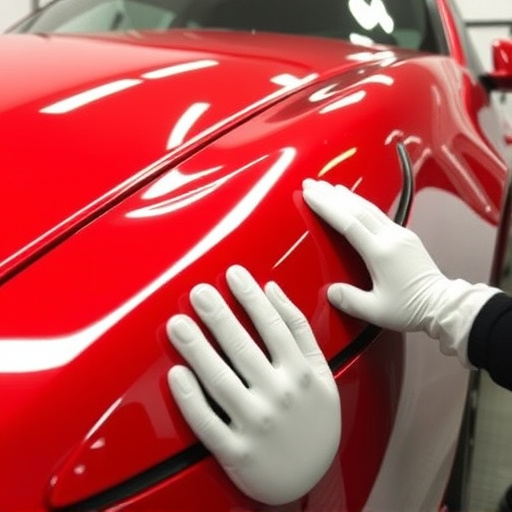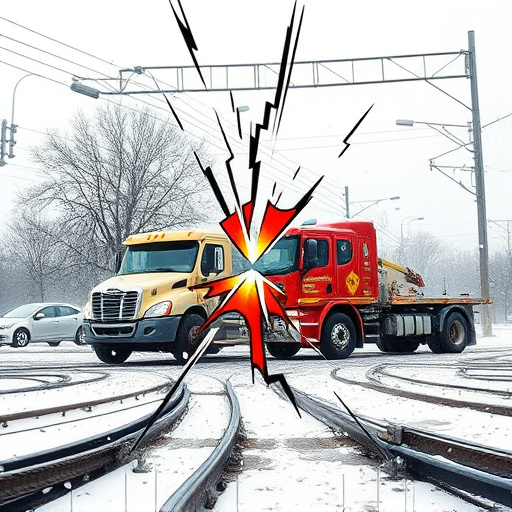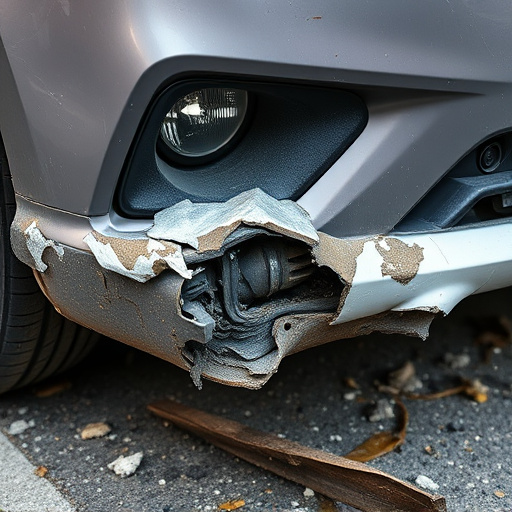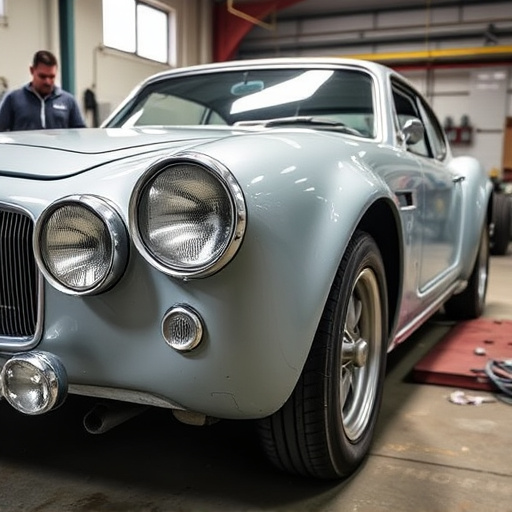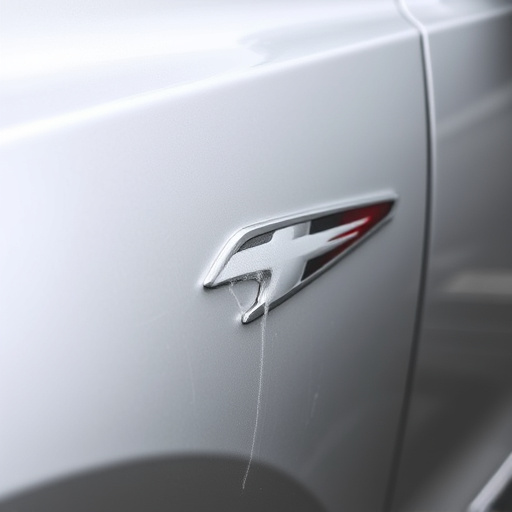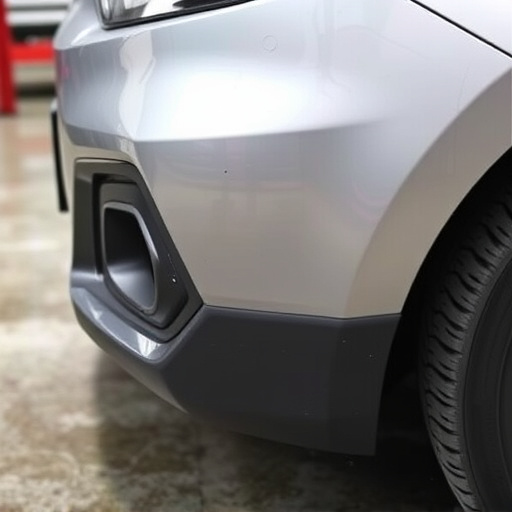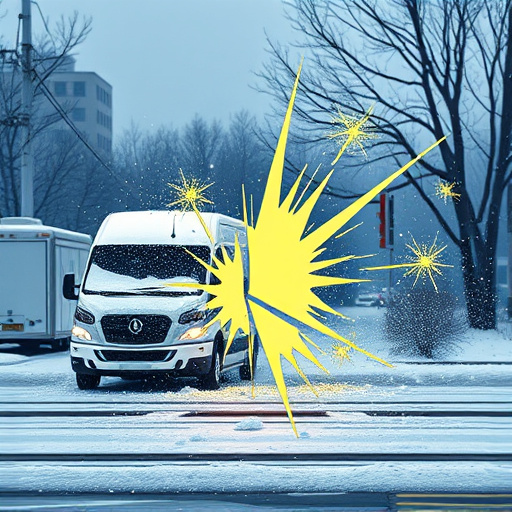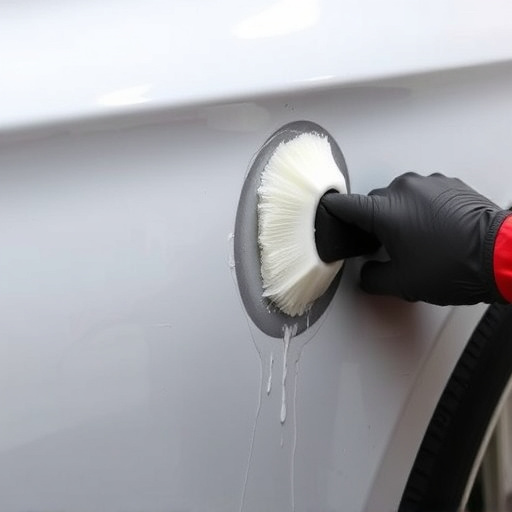The modern collision repair industry leverages technological advancements like CAD software, robotic welding, and eco-friendly practices to achieve precision, efficiency, and speed in repairs. Key factors affecting service duration include vehicle damage complexity, shop efficiency, and part availability. Advanced technologies and state-of-the-art machinery have significantly reduced turnaround times compared to past decades, benefiting customers with faster, high-quality services at competitive costs.
Collision repair services have evolved significantly, and understanding the current processes is key to knowing expected turnaround times. Modern collision repairs involve advanced techniques and technology, streamlining many steps. However, completion times vary based on vehicle complexity, extent of damage, and availability of parts. This article explores these factors and compares today’s industry standards, providing insights into how long you can realistically expect collision repair services to take in the current digital era.
- Understanding Modern Collision Repair Processes
- Factors Affecting Service Completion Times
- Efficient Repairs: Today's Industry Standards Compared
Understanding Modern Collision Repair Processes
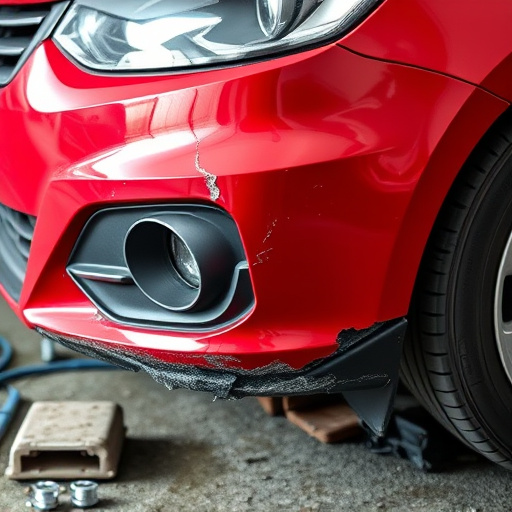
The modern collision repair process is far cry from traditional methods, thanks to advancements in technology and an increased focus on precision and efficiency. Today’s auto body shops utilize state-of-the-art equipment, such as computer-aided design (CAD) software and robotic welding systems, to ensure accurate repairs that match the vehicle’s original factory specifications. This level of sophistication not only speeds up the repair process but also enhances the overall quality of the work.
Furthermore, many collision repair services now incorporate eco-friendly practices into their operations, utilizing environmentally conscious materials and techniques whenever possible. This includes car paint services that are low in volatile organic compounds (VOCs), as well as innovative methods for recycling and reusing automotive parts. As a result, customers can expect not only swift and high-quality collision repair but also a more sustainable experience with leading-edge auto body shops.
Factors Affecting Service Completion Times
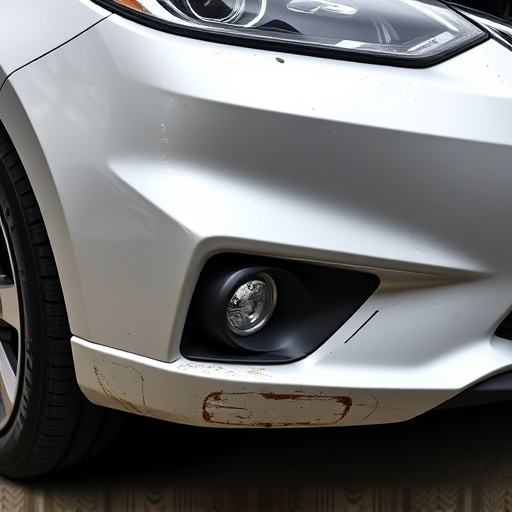
Several factors influence how long collision repair services take today. Firstly, the extent of damage to the vehicle plays a significant role; complex repairs with multiple components affected will naturally require more time. The size and complexity of parts that need replacement or refurbishment, such as fenders, doors, or even complete body panels in severe cases, can extend completion times.
Secondly, the efficiency of the car body shop and its staff is crucial. Skilled technicians with expertise in autobody repairs can streamline processes like dent removal, painting, and bumper repair, reducing overall turnaround time. Additionally, the availability and lead times for parts acquisition impact service times; delays in receiving necessary components can significantly affect the schedule for completing collision repairs.
Efficient Repairs: Today's Industry Standards Compared
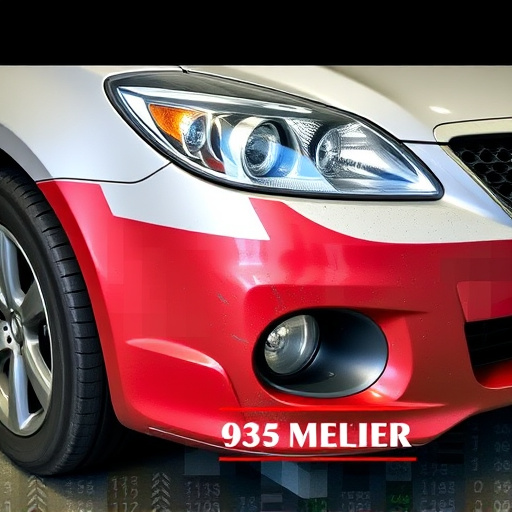
In today’s collision repair services landscape, efficiency has become a paramount focus for auto body shops across the globe. Advanced technologies and innovative techniques have revolutionized how we approach car repair, particularly in areas like paintless dent repair and auto glass replacement. The industry standard for turnaround time has significantly improved compared to even a decade ago, thanks to streamlined processes and specialized equipment.
Modern collision repair facilities are equipped with state-of-the-art machinery that facilitates faster and more precise repairs, from computer-aided design systems for accurate color matching in paint jobs to robotic welding technologies. Moreover, the integration of digital communication tools has enhanced coordination among different departments within a car repair shop, ensuring that each step of the process—from initial assessment to final inspection—is executed with efficiency and accuracy. This shift towards efficiency not only benefits customers by reducing wait times but also contributes to overall cost savings without compromising quality in services like collision repair and auto glass repair.
In today’s world, efficient and timely collision repair services are paramount for customer satisfaction. By understanding the modern processes, recognizing factors that impact completion times, and comparing industry standards, auto body shops can ensure swift repairs without compromising quality. This approach not only meets consumer expectations but also contributes to a safer and more seamless driving experience.
